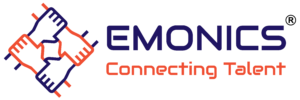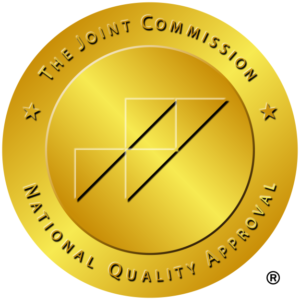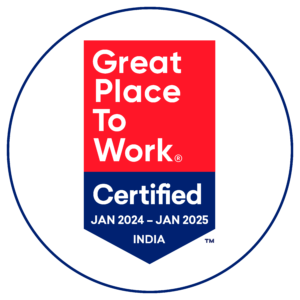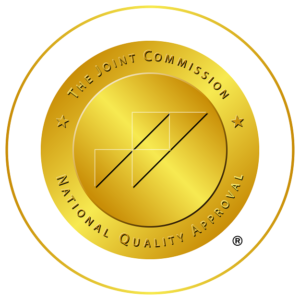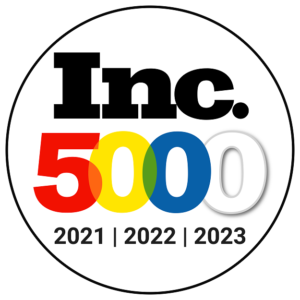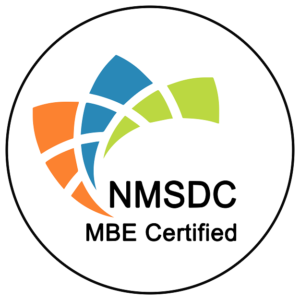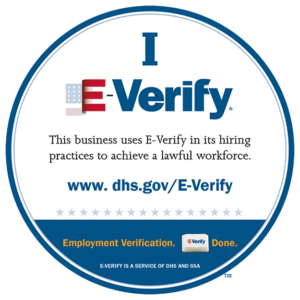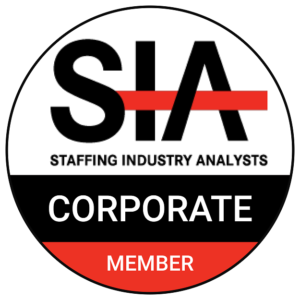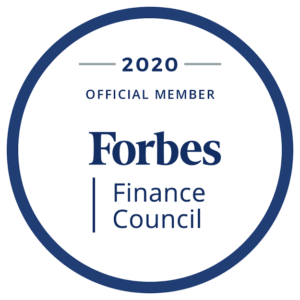One of the most important aspects of a leader’s job has always been hiring. Finding the proper person for the job is difficult, and it’s probably the most important decision most managers make because of the impact it has on the team’s success or failure. When you add in the intricacies of employing someone remotely without ever meeting them in person, you’ve got yourself a one-of-a-kind challenge.
As a hiring manager, you’ll probably agree that most of us prefer to make a recruiting choice only after spending enough time with possible new hires, preferably in person. We want to know if the applicants have the necessary knowledge, abilities, and experience, but we also want to know if we will get along with them. And we think this entails meeting them in person. The coronavirus epidemic, however, changed all of that for us. Remote hiring, whether voluntarily or not, brings with it new potential as well as new obstacles. While the good news is that recruiting has largely become location-agnostic, allowing you to tap into a larger talent pool, there are a number of new factors to consider in order to discover someone who will be a wonderful new addition to your team.
There are a few tweaks you should consider to improve your chances of finding the appropriate individual and giving them the best chance of success as a new teammate.
Multi-platform interview
It’s tempting to believe that because you used to conduct face-to-face interviews, simply switching to video interviews will allow you to recruit remotely. However, in a remote setting, very little of your or your teammates’ communication is synchronous and face-to-digital-face. So, if your goal is to use the interview process to appropriately assess how someone’s communication style aligns with the team’s, you’ll probably need to switch up the platforms or communication mediums you employ during the interview.
Digging into the resume
References, phone interviews, and web research are all other options for obtaining this information. With the interplay of network, history, and recommendations, LinkedIn profiles provide an effective authenticity check for professional jobs. None of them, however, provide access to the nonverbal clues that we humans use to communicate. Video interviews may be able to address some of these issues, and it will almost certainly be used to screen interviews in the future.
Create a test project
Working with the team is the best way to involve the team in the hiring process and analyze how candidates interact with the team. To gain a sense of candidates’ work styles and fit, many firms use trials, auditions, work samples, or something similar. This isn’t supposed to be a big, important job; it’s not about recruiting candidates to do free work. However, it is a large enough project to provide time to observe and collaborate with each contender. You may even use the trial project to assess adaptation or creative thinking by leaving out a resource or instruction step and watching how the problem is handled.
Assessing fit
This is the deciding factor. We are social creatures, and any profession that requires more than a modest amount of connection with coworkers or clients necessitates investigating the chemistry and fit of a new potential team member.
Conclusion
While statistics can be used to predict performance, an in-person interview is still a necessary and beneficial stage in the hiring process for the vast majority of candidates. We’ve always done that after spending enough time, primarily in person, meeting with potential new workers. Not only are we attempting to figure out if the applicants have the necessary knowledge, abilities, and experience, but we also want to know if we can work well with them.
